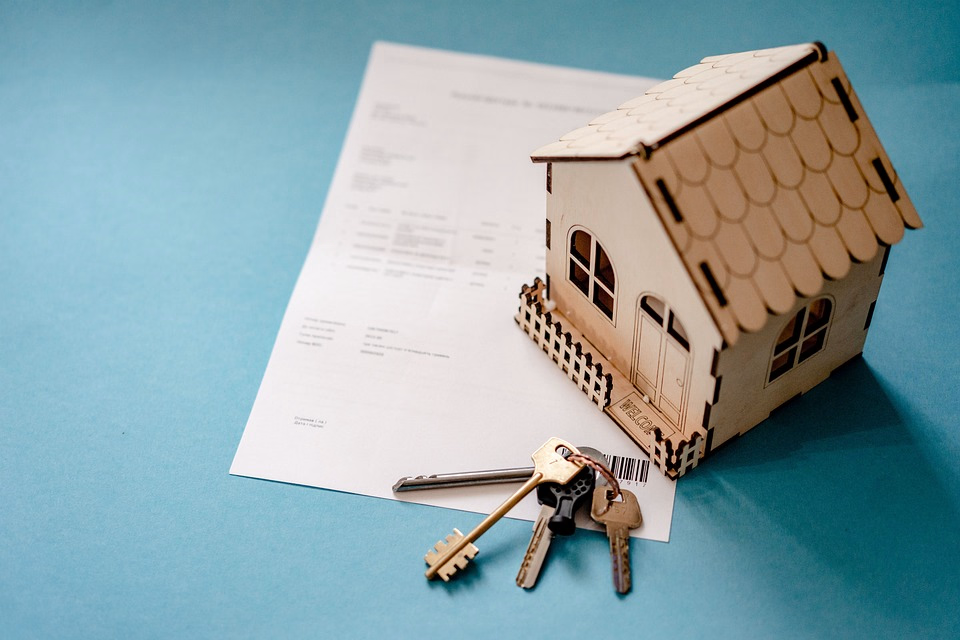A Complete Guide to Refinancing a Mortgage in the USA (2025)
Refinancing a mortgage can feel confusing, especially with new rules and rates changing in 2025. Many homeowners wonder if it’s worth it, how the process works, and what benefits they can expect. Refinancing could save you thousands of dollars, but only if you understand the steps and make the right choice.
In this guide, you’ll learn everything about mortgage refinancing in the USA. This article breaks it down simply from eligibility rules to current refinance rates, loan types, and the risks you must consider. By the end, you’ll know exactly how to approach refinancing in 2025 with confidence.
What Is Mortgage Refinancing and How Does It Work?
Mortgage refinancing means replacing your current loan with a new one. The new loan usually has a better interest rate, new terms, or cash-out options. Homeowners often refinance to reduce monthly payments, shorten the loan term, or access home equity.
Here’s how it works. Your lender pays off the old mortgage and creates a new one. You then make payments on the new loan instead. While this sounds simple, lenders will check your credit score, income, and property value before approval.
Digital tools will make this process faster in 2025, with online applications, instant pre-approvals, and virtual document checks. Still, comparing offers from multiple lenders is key to finding the best refinance mortgage rates today.
Why Refinance a Mortgage in 2025?
There are many reasons people choose refinancing in 2025. The most common include:
- Lowering monthly payments with a reduced interest rate.
- Switching loan terms, such as moving from a 30-year to a 15-year mortgage.
- Accessing cash through a cash-out refinance.
- Consolidating debt by combining credit cards or personal loans into the mortgage.
- Switching from an adjustable-rate to a fixed-rate mortgage for stability.
Each reason depends on personal goals. Some homeowners want extra money for renovations, while others want to pay off their homes faster. The benefit is clear: refinancing allows you to adjust your mortgage to match your financial needs.
Eligibility Requirements for Mortgage Refinancing
Not every homeowner qualifies for refinancing. Lenders usually look at four main factors:
- Credit score – Most lenders require at least 620 for standard refinancing.
- Home equity – You often need at least 20% equity, although some programs allow less.
- Debt-to-income ratio – A lower DTI improves approval chances.
- Payment history – Missed payments in the past year can make approval harder.
Requirements for VA and FHA refinance loans may be more flexible. In 2025, lenders will also use AI-powered checks, making approvals quicker but stricter on risk factors. Improving your credit before applying can increase your chances of approval and lower rates.
Different Types of Mortgage Refinancing Options
There isn’t just one way to refinance. Homeowners in the USA can choose from multiple refinancing programs:
Rate-and-Term Refinance
This is the most common option. You refinance to secure a better rate or adjust the loan length. It doesn’t give you cash back, but lowers monthly payments.
Cash-Out Refinance
This allows you to borrow against your home equity and receive cash after closing. Many use it for renovations, debt consolidation, or investments.
Streamline Refinance
Offered through FHA, VA, or USDA loans, this option simplifies the process with less paperwork and, in some cases, no appraisal.
No-Closing-Cost Refinance
This option rolls fees into your loan balance, letting you refinance without paying upfront costs.
Choosing the right refinance mortgage loan depends on your needs. Cash-out works for extra money, while a streamline suits people who want lower rates.
Current Mortgage Refinance Rates in the USA (2025 Update)
Mortgage refinance rates in 2025 are still a significant factor for homeowners. Rates can vary depending on credit score, loan type, and lender. For example:
- Borrowers with strong credit may see rates as low as 6%–6.77%.
- FHA and VA loans may have slightly lower refinance rates.
- Cash-out refinance options often come with higher interest.
Checking refinance mortgage loan options regularly is smart since rates change daily. Online comparison tools now make it easier to view multiple quotes at once.
How to Refinance a Mortgage Step by Step
The refinancing process may sound complex, but it’s straightforward if you break it down:
- Check your credit and finances – Make sure your score is healthy.
- Shop around for lenders – Compare at least three refinance mortgage quotes.
- Choose your refinance type – Rate-and-term, cash-out, or streamline.
- Apply with a lender – Submit documents like tax returns, W-2s, and pay stubs.
- Get an appraisal – Lenders want to confirm your property’s value.
- Close on the loan – Sign the final paperwork and start fresh.
The timeline varies, but most refinancing takes 30–45 days from start to finish.
Costs of Refinancing a Mortgage in 2025
Refinancing isn’t free. On average, costs range from 2% to 5% of the loan amount. Common fees include:
- Application and origination fees
- Appraisal costs
- Title insurance
- Closing costs
Some lenders offer no-closing-cost refinance loans, but these usually roll costs into the loan balance or increase the rate slightly. It’s important to calculate savings versus expenses before refinancing.
Risks of Refinancing a Mortgage
While refinancing offers benefits, it also carries risks:
- Extending the loan term could mean paying more interest over time.
- Cash-out refinancing may increase debt if used poorly.
- Multiple applications can temporarily affect your credit score.
- Refinancing too often may cost more than it saves.
Calculate your break-even point to reduce risks—the time savings it takes to cover costs. Refinancing may not be worth it if you plan to sell your home soon.
Best Mortgage Refinance Lenders in the USA (2025)
Choosing the right lender matters as much as picking the right loan. Here are some of the top refinance companies in 2025:
- Rocket Mortgage – Fast approvals and strong digital tools.
- Wells Fargo is a popular choice for traditional banking customers.
- Better Mortgage – Online-only with competitive rates.
- Bank of America – Wide refinance loan programs.
- loanDepot – Great for cash-out refinance options.
Always compare lenders for rates, fees, and customer reviews. A slight difference in rates could save thousands over the life of the loan.
Conclusion
Refinancing a mortgage in the USA can be one of the smartest money moves in 2025. It offers lower payments, access to cash, and a chance to secure better terms. Still, it’s not for everyone. Understanding refinance mortgage loan requirements, costs, and risks will help you decide.
Refinancing may be the right step if saving money, paying off debt, or accessing equity fits your goals. Start by comparing refinance mortgage rates today and see how much you can save.
Frequently Asked Questions About Mortgage Refinancing in the USA
What credit score do I need to refinance a mortgage?
Most lenders require a minimum credit score of 620 to refinance. Higher scores often qualify for lower interest rates and better loan terms.
How soon can you refinance a home after buying?
Homeowners can usually refinance after six months, though some lenders allow sooner under special programs. Always check your loan agreement first.
Does refinancing hurt your credit score?
Refinancing may cause a small dip due to a hard credit check. Over time, making consistent payments helps restore and even improve your score.
How much equity do I need to refinance my house?
Most lenders require at least 20% equity, but FHA and VA refinance options may allow less. More equity usually means better refinance rates.
What are the disadvantages of refinancing a mortgage?
Refinancing comes with closing costs, possible longer repayment terms, and the risk of paying more interest overall if not planned wisely.




